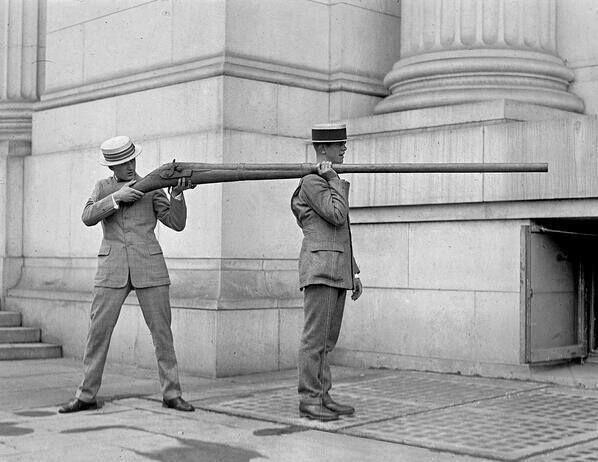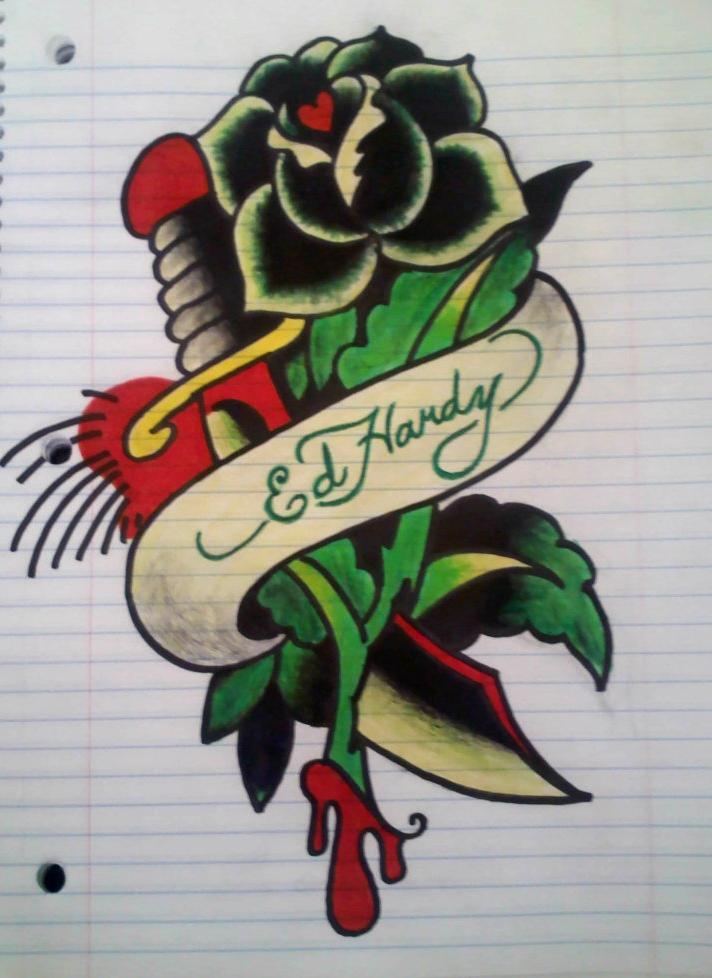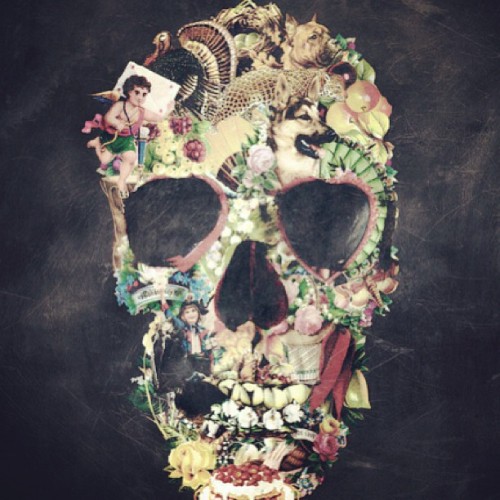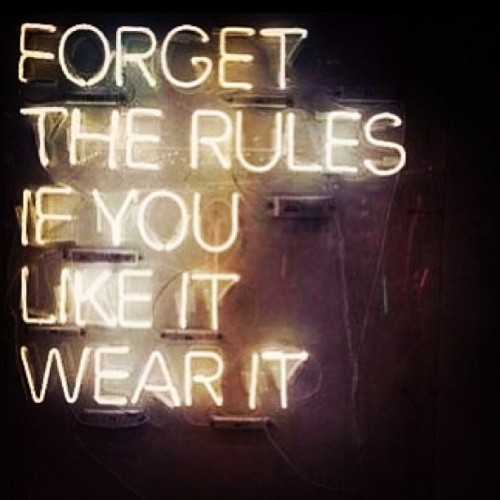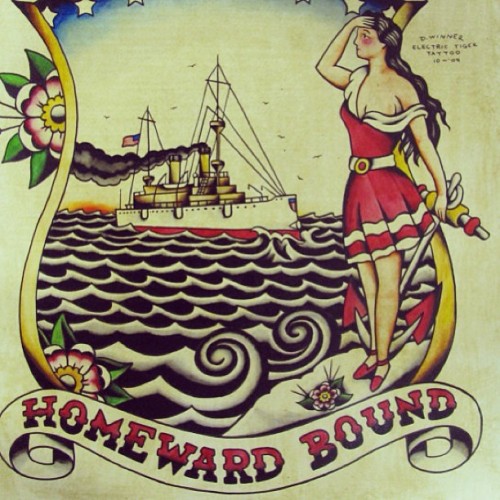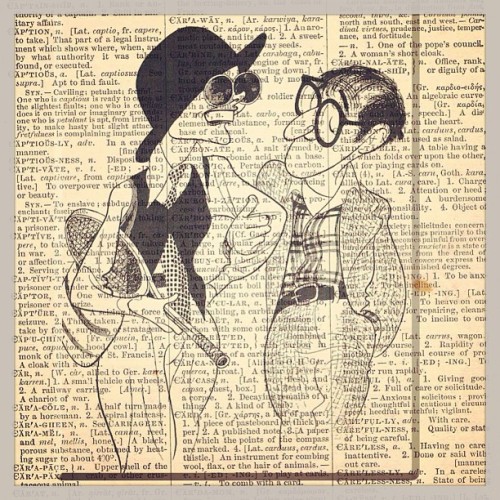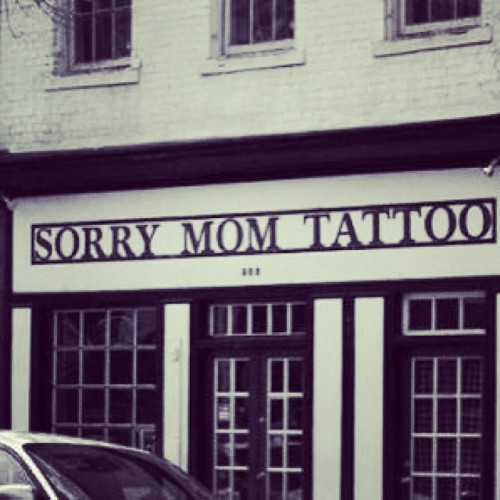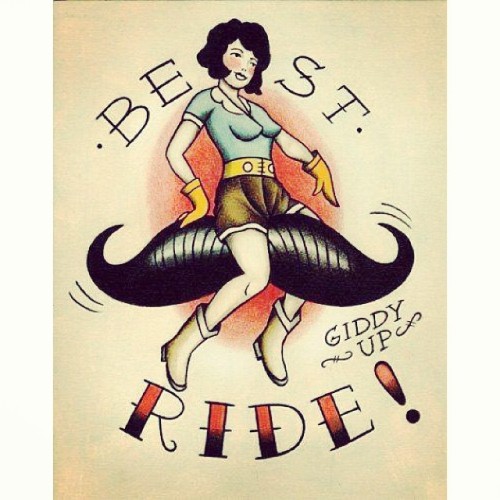Musing over the Johnson Smith catalogue in a
January 12, 1935, piece for The New Yorker,
Robert Coates found that it wasn’t all dribble glasses and joy buzzers:
“There are many pages in which a note of grimness is apparent…. There
are slot machine slugs … marked cards … and if the friends’ amazement
grows too embarrassing, brass knuckles, known as ‘Silent Defenders,’ and
even tear-gas guns.” For those seeking more placid pursuits, the
catalogue also sold cheap brooches and sheet music, as well as a $12.50
movie projector: “Be a Movie King. Oh Boy! Some Sport!”
The essay inspired a letter to the magazine, never published, by a
twenty-five-year-old Eudora Welty—pencilled edits on the manuscript show
that it nearly ran, but her print début would remain a year away. In
her letter, Welty recalls buying a Remarkable Firefly Plant (nineteen
cents) from the catalogue, as well as a booklet on to how to flirt via
secret messages. “You may have noticed that the stamp on this letter was
in the lower left hand corner, upside down,” she teased. “Do you know
what that meant? It meant I love you.” Her real prize possession,
though, was the Johnson Smith ten-cent Sex Indicator: “We children held
it over our mother one night when she had nothing else to do and found
out she was a man…. There was nothing we could say, or Mother either; we
just rose and filed out.”
* * *
When Coates and Welty were writing, in 1935, the novelty catalogue
was still novel. After a bankruptcy brought on by massive printing
costs, the Johnson Smith company never quite recaptured its Anarchist
Stink Bomb grandeur of old. Yet Johnson Smith lived on in seemingly
every comic book, right down to the
Action Comics No. 1 début of
Superman. By 1970, when the 1929 catalogue was reissued by Chelsea House
in a slipcased hardcover edition, complete with an introduction by Jean
Shepherd, it was part of the American subconscious. “It might well be
the Rosetta Stone of American culture,” Shepherd concluded, in a bit of
hyperbole worthy of the catalogue itself.
And yet, also like the catalogue copy, Shepherd’s claim is not
entirely misleading. The premise was enough to pique the writer Stanley Elkin, who called upon the Johnson Smith warehouse for his 1974
Esquire
profile “A la Recherche du Whoopee Cushion.” It’s a fascinating glimpse
at Paul Smith, the son of the late founder. His is an archetypal
second-generation immigrant story—a math and physics major at the
University of Wisconsin, a man fond of reading Martin Buber, Smith found
himself the rather unwilling inheritor of his father’s gag business, a
philosopher among the fart cushions.
Among the essay’s revelations were that until the Second World War,
many classic practical-joke items came from Germany—maybe not the first
place you’d associate with a humor industry, but about which the
proprietor was duly philosophical. “There’s an element of sadism in
almost any practical joke,” Smith explained. “To an extent, humor is
retaliatory. A leveler.” Even as Elkin was revisiting the past, children
were still being imprinted with such wondrously disappointing
nineteen-seventies products as the Hercules Wrist Band and the U-Control
7-Foot Life-Size Ghost. Some of the old gags had disappeared—the
blackface kits were quietly shelved, and the itching and sneezing
powders lost out to liability worries—but the soul of Johnson Smith
never really changed. That, perhaps, was exactly the company’s dilemma.
After breaking up the grand catalogue and launching the first of many
specialty spinoffs in the eighties, its president was blunt about the
old book’s focus on boys. “They use it until they’re about sixteen or
seventeen years old,” he explained to a reporter. “We lose them when
they start getting interested in girls.”
* * *
Maybe nothing could live up to the promise of those ads: a
literal-minded F.T.C. investigated the company in the nineteen-forties
for misrepresentation, and the 2011 book “Mail-Order Mysteries”
gleefully compared the come-on with what you actually received. Not all
the products were disappointing, though: the Spy Pen Radio was pretty
good, and the shipments of live chameleons arrived as promised, to the
dismay of mothers everywhere. But the old Johnson Smith & Co. was
never really about customer satisfaction—it was about customer
imagination. The early catalogues are a potent manifestation of pure
childish desire. No matter how impossible the promises, kids kept
ordering anyway; it was a triumph of rich anticipation over cheap
reality.
Paul Smith mused that his father really thought of himself, first and
foremost, as a writer. Perhaps what made the 1929 catalogue so
peculiarly appealing is that singular authorial vision: its
seven-hundred-plus densely set pages were largely written by Alfred
Johnson Smith himself. But the reason his copy fit hand in joy-buzzered
glove with the illustrations is that both were stylized. Early on
(certainly by this
1916 Popular Mechanics ad),
A.J. Smith hit upon his signature look, which depended on numerous
woodcuts. He commissioned forests of them by Chicago commercial artists—
work that lives on today
in every graphic artist’s blood, not least the droll iconography of
Chris Ware’s Acme Novelty Library. The power of the images comes from
sheer repetition of endless rainy afternoons with comic books, but also
from something more: Smith’s intuitive decision to use figurative
illustration.
A photograph would be a letdown, a crash to earth. Until
your sadly deflated gimcrack arrived, you could
live in the mental space of those woodcuts, luxuriate in the boy-oh-boy of those verbal hyperboles....
Read more:
http://www.newyorker.com/online/blogs/culture/2014/01/dribble-glasses-and-joy-buzzers.html



 History In Pictures
History In Pictures 